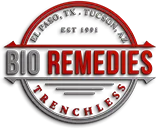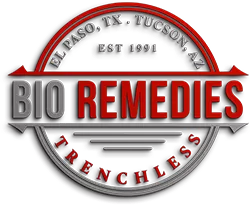Epoxy Coating – Limited Use Sewer Rehab
Home /
Epoxy Coating – Limited Use Sewer Rehab
Now, the title of this post may be off putting. I don’t want you to think that it isn’t effective. It is but just in it’s place.
The epoxy coating process is different from Pipe Lining, Pull-in-Place or Pipe Bursting. In this process a 2 part epoxy is coated onto existing pipe. This can be good for some applications but not for most. Let’s get into the nitty gritty of this process to explain what I mean.
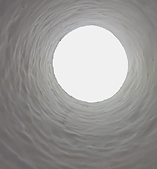
The Epoxy Coating Process
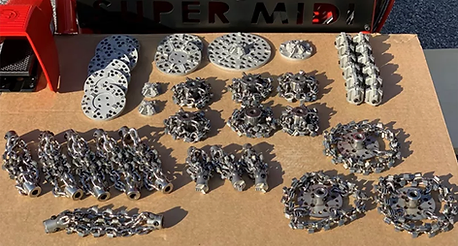
Step 1 – Preperation
For this process we start by descaling the inside of your pipe. We typically start by using a rotary machine with chains to break up the scale that has built up on the pipe. We do this a little bit at a time for 2 reasons.
1) You’d be surprised how much scale can come off the pipe so we have to flush out the scale to allow for more scale to be removed without clogging your line.
2) We like to video inspect the line to make sure your pipe isn’t being destroyed in the process.
Once the pipe has been opened up to an acceptable diameter then comes the sand paper. We want to remove any debris desperately hanging on. That debris is then flushed out of the line.
Step 2 – Application
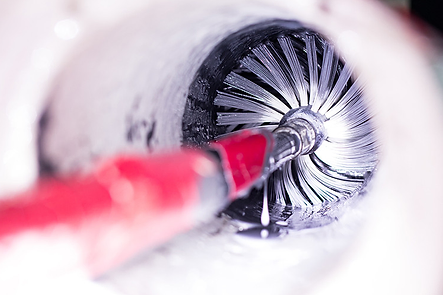
Now the line is ready to receive the epoxy coating. We combine a two part epoxy and pump it into the pipe and apply it using a rotating brush and video inspection equipment. The number of coats for each line depends on the size and condition of the pipe. We alternate between grey and white coats to ensure proper coverage of the entire surface of the pipe.
THAT’S IT! After the final coat has dried you are left with a smoother, slicker surface inside your pipe. Like any other method this process is not without it’s pros and cons. Let’s take a look.
Pros
COST:
The price to epoxy coat a pipe can be slightly less expensive then rehabilitating through Lining or Pull-in-Place.
TRULY NO DIG SOLUTION:
Typically with epoxy coating you do not need to dig to access the piping. There are times that it would be easier and thus less expensive to make a small hole in the sheetrock of a wall to access the vent of the piping. Sheetrock is relatively easy and less expensive to repair.
DETERS BUILD UP:
The epoxy that is applied acts as a barrier between the minerals in your water and your pipe. This prevents these minerals from sticking to your pipe and building up and forming more scale. It also provides a slick surface for anything put down the drain to more easily flow through your pipe.
Cons
NO STRUCTURAL SUPPORT:
The main draw back to epoxy coating a pipe is that it offers little to no structural support. The coating is not a resin which turns rigid and offers support. It is an epoxy and is more like a very think coat of paint.
PIPE MAY STILL DETERIORATE REQUIRING FURTHER REHABILITATION:
This is not saying that it’s going to be any time soon but as stated above this is a coating applied to the inside of the pipe only. Remember that the scale that is forming to the point of restricting flow in your pipe may also be eating away at your pipe in the other direction. Think of rust on a car. You may see a little bit of rust coming through the paint but underneath it is eating backward on the metal.
Final Thoughts
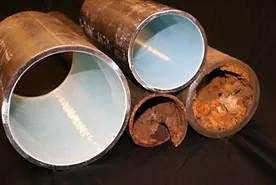
Epoxy coating is a great tool in our trenchless sewer rehabilitation arsenal. While it can be used on any sewer line the conditions have to be right for it. It’s great for a laundry or kitchen sink line that has hard water and other detergents causing a lot of build up in the pipe. The pipe can’t be in too bad a shape though. If there are holes or large cracks then another rehab method must be used.
This was supposed to be the last post in our trenchless rehabilitation series but there is a new method that we are now proud to offer to all of our faithful customers.

Look out for our next post because friends….THIS IS A GAME CHANGER!!!
Your friendly neighborhood Plumber,
Bryan Lopez
Bio Remedies
